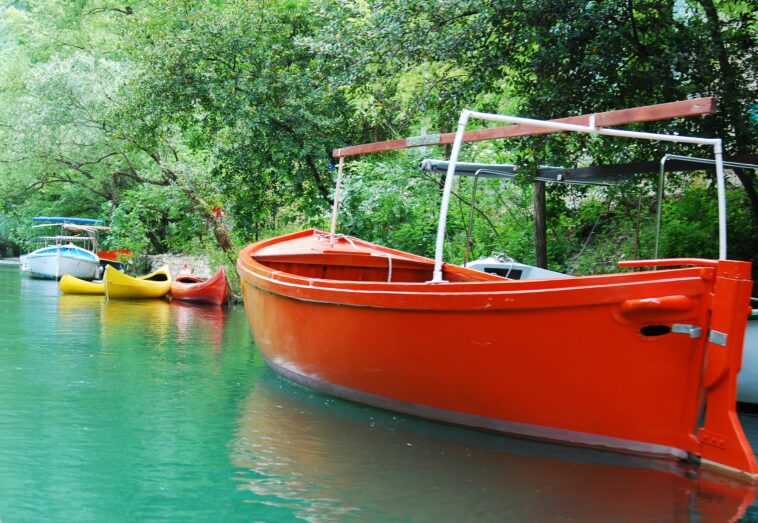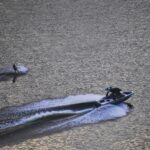Have you ever thought about how your boating experience could be different in the Everglades compared to other waterways? The Everglades National Park, with its unique ecosystem and expansive waterways, has specific requirements and guidelines to ensure a safe and enjoyable adventure. Here’s what you need to know before setting out.
Understanding the Everglades Ecosystem
Unique Flora and Fauna
The Everglades is home to a diverse range of plants and animals. You’ll encounter everything from towering mangroves to rare orchids, and you may even spot alligators, manatees, and a variety of bird species. Understanding the interactions within this delicate ecosystem will not only enhance your experience but also ensure that you respect the park and its wildlife.
Weather Considerations
Weather conditions in the Everglades can change swiftly. This region experiences a tropical climate characterized by a wet season from May to October and a dry season from November to April. During the wet months, you might face heavy rains, thunderstorms, and even hurricanes. Be sure to check the weather forecast before your trip, and always be prepared for sudden changes.
Boating Regulations
Permits and Fees
Before you embark on your boating adventure, familiarize yourself with the specific permits and fees that may apply. Most boating activities in the Everglades will require an entrance fee to the park. Additionally, if you plan on engaging in specific activities like fishing or camping, you may need extra permits.
Restricted Areas
Certain areas within the park may have restrictions on boat access to protect wildlife habitats and sensitive ecosystems. Be sure to adhere to these rules to avoid penalties and to preserve the natural beauty of the Everglades.
Speed Limits
The Everglades isn’t just a beautiful landscape; it’s also a habitat for countless species. To minimize your impact on the environment, be prepared to observe speed limits at various points on the waterways. Slower speeds not only protect wildlife but also enhance your boating experience by allowing you to truly take in your surroundings.
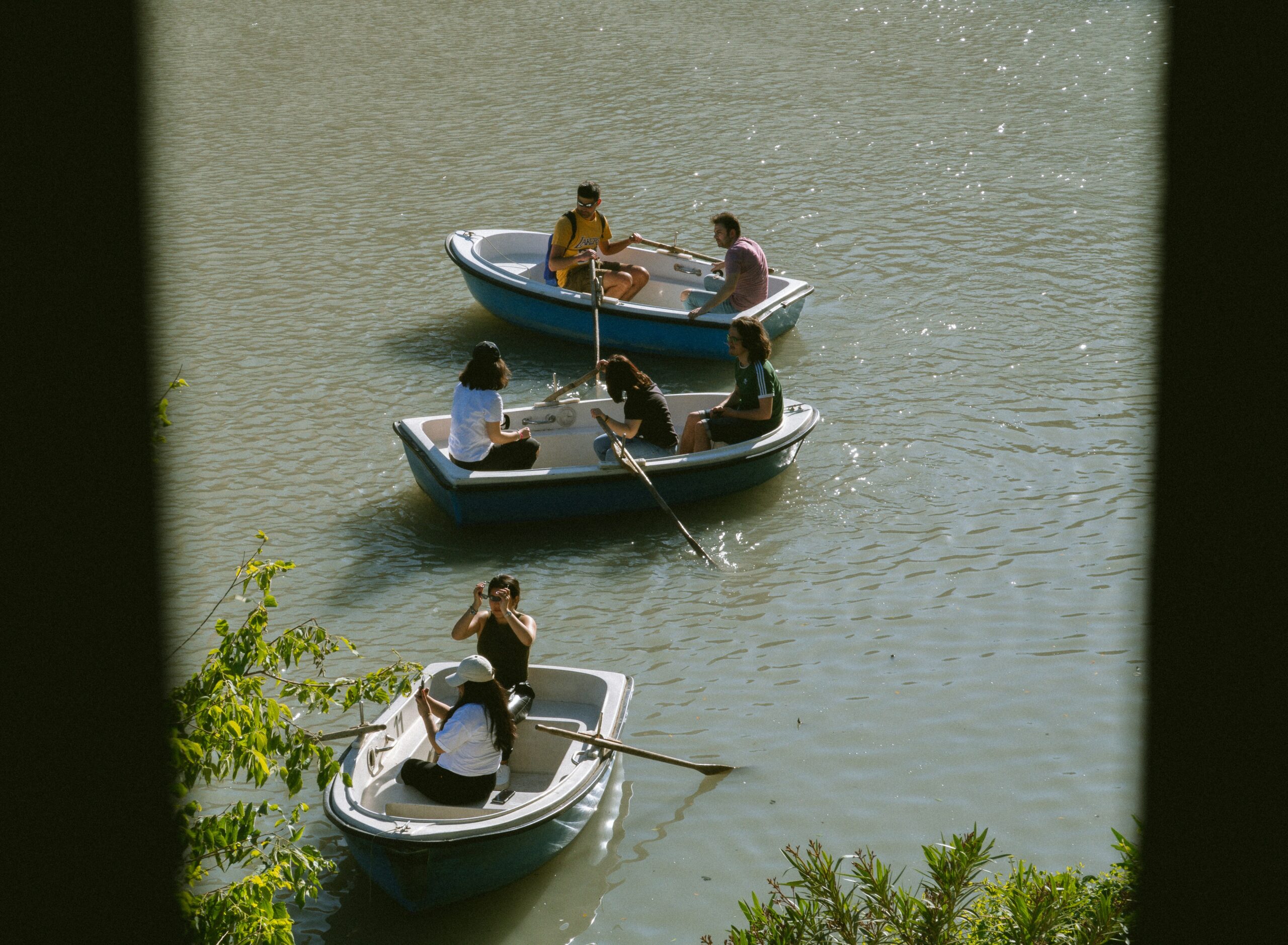
Types of Boats Suitable for the Everglades
Flat-Bottom Boats
Due to the shallow waters and submerged obstacles found throughout the Everglades, flat-bottom boats are often the best choice for navigating these waters. These boats can glide over obstacles without getting stuck, providing an ideal means of exploring the park’s wetlands.
Kayaks and Canoes
If you’re looking for a more intimate experience with nature, consider using a kayak or canoe. These smaller vessels allow you to navigate narrow mangroves and get up close to wildlife. Many visitors find that kayaking offers a peaceful and immersive way to explore the elements of the Everglades.
Airboats
Airboats can be exciting for those who want to cover more ground and navigate through the taller grasses and thicker marsh areas. However, it’s vital to operate them in a manner that is respectful of the environment and other wildlife.
Safety Precautions
Life Jackets
Safety should always be your top priority. Ensure that everyone on board has a properly fitting life jacket. The Everglades can present unexpected obstacles, and being prepared can make a significant difference in emergency situations.
First Aid Kit
It’s also wise to bring along a first aid kit. While you may be lucky enough not to encounter any injuries or accidents, being prepared for minor medical issues can save you a lot of hassle during your trip.
Sunscreen and Bug Repellent
Given the sunny climate and the presence of mosquitoes, it’s essential to pack sunscreen and bug repellent. Apply these products before setting out to protect yourself from sunburn and insect bites, which can detract from your enjoyment of the beautiful surroundings.
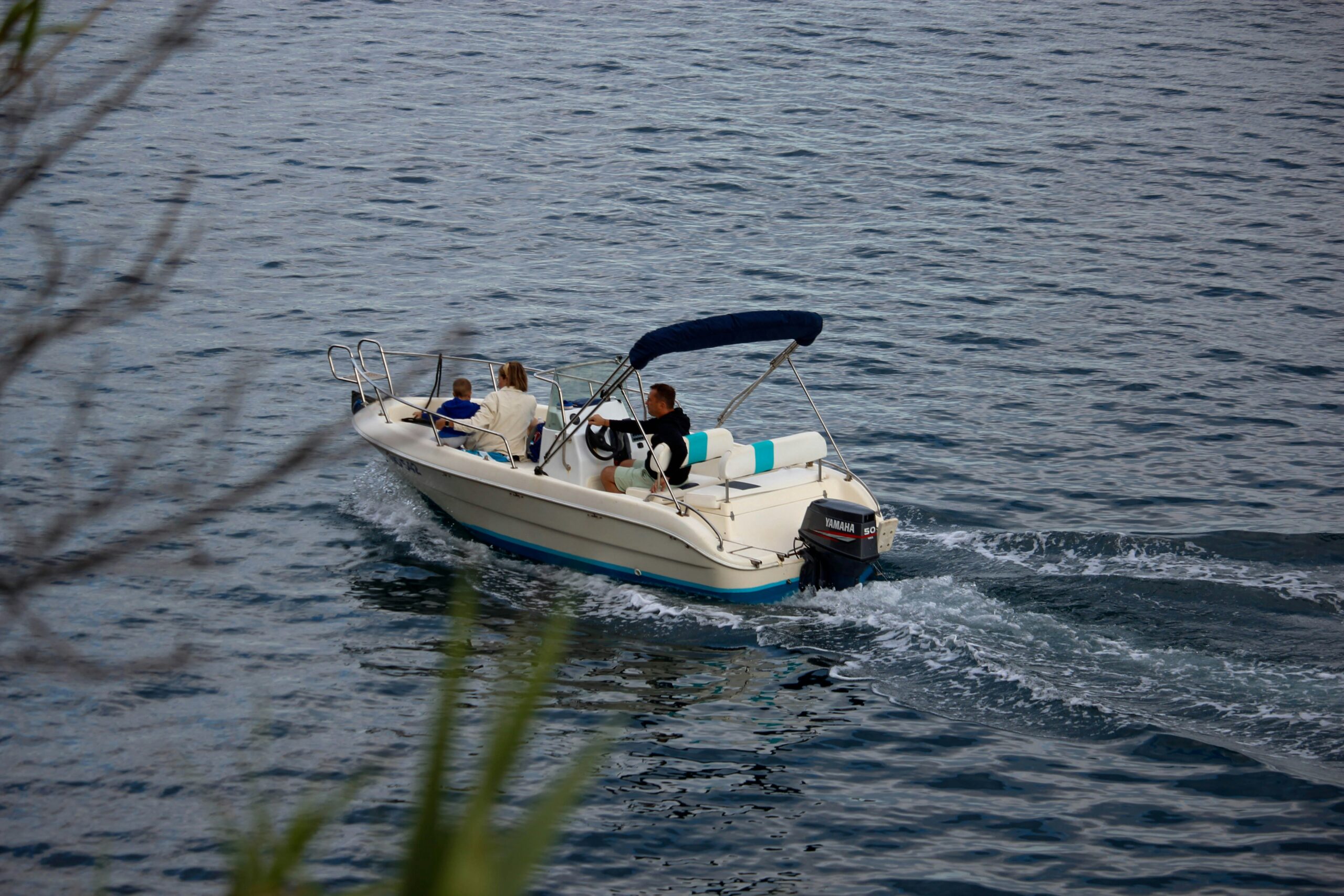
Navigational Tools
Maps and GPS
Familiarize yourself with park maps and consider carrying a GPS device. The waterways in the Everglades can become complicated, and a map will help keep you on track. Be aware that cellular service may be limited in certain areas, so don’t rely solely on your phone for navigation.
Familiarize Yourself with Local Markers
Understanding recognizable landmarks can assist in navigating through the Everglades’ intricate waterways. Keep an eye out for natural markers, such as specific types of trees or formations, to help you stay oriented while you enjoy your adventure.
Planning Your Trip
Best Times to Visit
The timing of your visit can greatly influence your experience. The dry season (November to April) generally offers cooler temperatures and less rain, making it a more comfortable time for boating. If you’re looking for wildlife, visiting during the wet season brings a lot of migratory birds and other species.
Recommended Itineraries
Depending on your interests and the duration of your trip, you might consider different routes. Some popular areas for boating include the Flamingo area and the 10,000 Islands. Each location offers unique views and plenty of opportunities for wildlife watching.
Fuel and Amenities
When planning your route, factor in the availability of fuel and amenities. Not all areas in the park have accessible facilities, so be sure to plan ahead. It’s a good idea to start your day with a full tank and stock supplies.
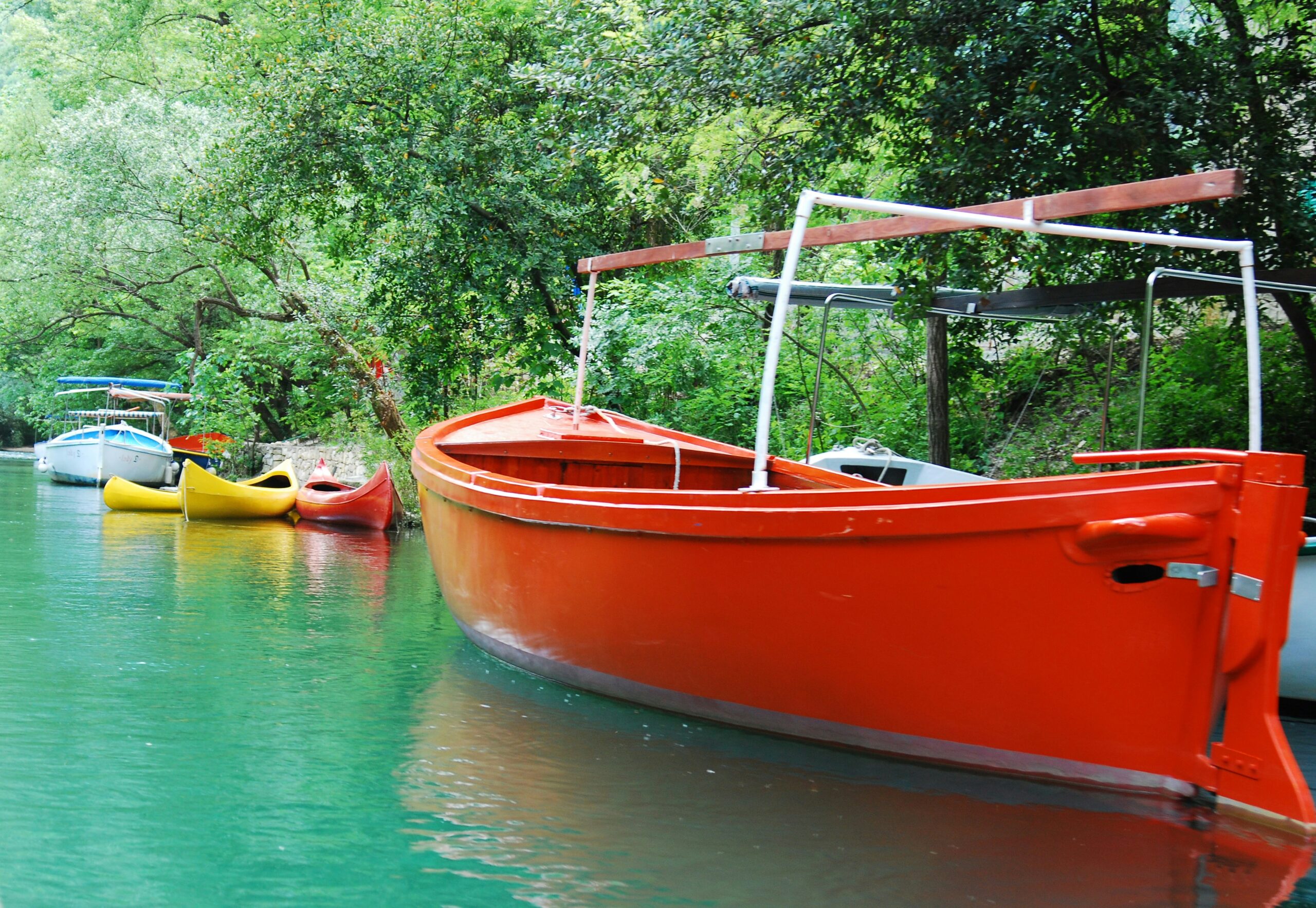
Wildlife Conservation
Ethical Wildlife Viewing
When observing wildlife, maintain a respectful distance. Never feed or attempt to touch animals, as this can disrupt their natural behaviors and put both them and yourself in danger. Alligators may seem unthreatening from afar, but remember they are wild animals.
Stay on Designated Paths
When boating, stay within designated paths to help protect fragile habitats. These areas are set aside for boaters to minimize damage to the ecosystem while allowing visitors to enjoy nature freely.
Environmental Responsibility
Leave No Trace Principles
Practicing Leave No Trace principles ensures that the park remains beautiful for future generations. This means taking all your trash with you, minimizing campfire impacts, and respecting wildlife. Ensure that you leave the park just as you found it, or even better.
Eco-Friendly Products
If you’re bringing supplies aboard, consider eco-friendly products. This goes for cleaning supplies, food containers, and anything else you might use. Avoid using plastics or materials that could end up polluting the delicate environment of the Everglades.
Additional Activities
Fishing Opportunities
Fishing is a popular pastime for many boating visitors. Ensure you have the proper licenses and adhere to local regulations regarding catch limits. The Everglades is home to various species, providing a great experience for anglers of all skill levels.
Camping in the Everglades
If you plan to spend multiple days exploring, camping can be a fantastic option. Check the park’s website for designated campgrounds and make reservations where necessary. A night spent under the stars in this tranquil setting can be truly unforgettable.
Guided Tours
If you’re new to boating or feel uncertain about navigating the waters, look for guided tour options. Experienced guides can help you discover hidden gems of the Everglades while providing an educational experience about the unique environment and its inhabitants.
Conclusion
Your boating experience in the Everglades can be both thrilling and serene, provided you come prepared. By understanding the ecosystem, adhering to regulations, prioritizing safety, and being respectful of the environment, your adventure can be enriching and enjoyable. So, are you ready to set sail on an unforgettable journey through one of the most unique landscapes in Florida? Embrace the beauty and thrill that awaits you in the Everglades!



